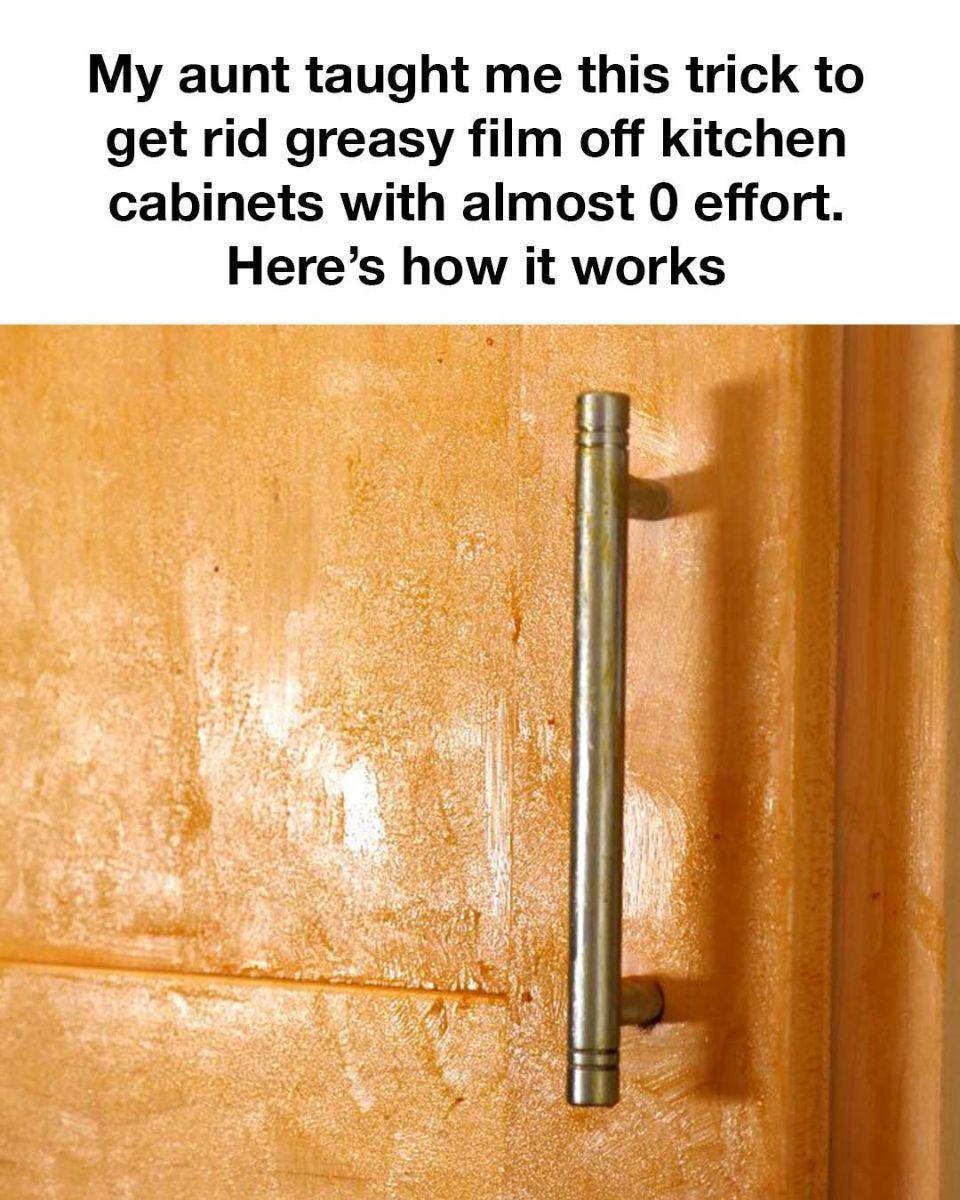ADVERTISEMENT
1 tablespoon baking soda
Steps:
- Mix the lemon juice, vinegar, and baking soda in a spray bottle.
- Add warm water and shake well until the baking soda dissolves.
- Spray the mixture on greasy areas, letting it sit for a few minutes.
- Wipe clean with a cloth or sponge.
Not only does this cleaner cut through grease, but it also leaves behind a refreshing citrus scent.
Recipe 3: Simple Oil and Grease Absorber
For stubborn grease on pots, pans, and cookware, try this effective solution that works to lift and absorb grease. This recipe uses salt and baking soda, both of which are great for scrubbing away grease.
Ingredients:
- 2 tablespoons salt
- 1/4 cup baking soda
- 1 tablespoon dish soap
- 1 cup warm water
Steps:
- Mix the salt and baking soda together in a bowl.
- Add the dish soap and warm water to form a paste.
- Apply the paste to the greasy areas of your cookware and let it sit for about 10-15 minutes.
- Scrub with a sponge or brush, then rinse with warm water.
This solution works wonders on cookware, especially when dealing with pans that have greasy residue.
3. Preventive Measures for Grease-Free Cooking
Sometimes, preventing grease buildup is just as important as cleaning it up. Here are a few tips for minimizing grease splatters and spills while cooking:
- Use a Grease Splatter Guard: These mesh screens can be placed over your frying pan or pot to prevent hot oil from splattering all over the stovetop. They’re inexpensive and easy to use.
- Cook with Lower Oil Amounts: While some recipes require a lot of oil, many can be made with less. Consider using non-stick pans or cooking sprays to reduce the amount of oil needed.
- Cover Food While Frying: If you’re frying or grilling, consider covering your food with a lid or foil to trap most of the grease.
By using these techniques, you can minimize the mess and ensure that grease doesn’t end up all over your kitchen.
4. Grease-Free Cooking Alternatives
For those who are trying to avoid grease altogether, there are plenty of cooking methods and ingredients you can use. Here are some great alternatives:
- Grilling: Grilling your food allows excess fats to drip away while still giving your food great flavor.
- Baking: Instead of frying, bake your favorite foods. This method eliminates the need for oils and fats while still producing a delicious result.
- Air Frying: Air fryers use little to no oil to cook food, making them a great grease-free option.
Switching to these cooking methods can drastically reduce the amount of grease in your kitchen and make for healthier meals.
Final Thoughts: Keep Striving for a Grease-Free Kitchen
A grease-free kitchen is more than just a clean kitchen—it’s a healthier, safer, and more enjoyable space to cook and spend time in. By adopting good cleaning habits, using effective homemade cleaners, and minimizing grease in the cooking process, you can achieve a kitchen that’s free from grease and grime.
Remember, cleaning as you go, using natural cleaning solutions, and making small changes to how you cook can all contribute to a kitchen that’s sparkling clean and grease-free. Striving for a grease-free kitchen doesn’t have to be hard work—it just takes a little planning and consistency!
